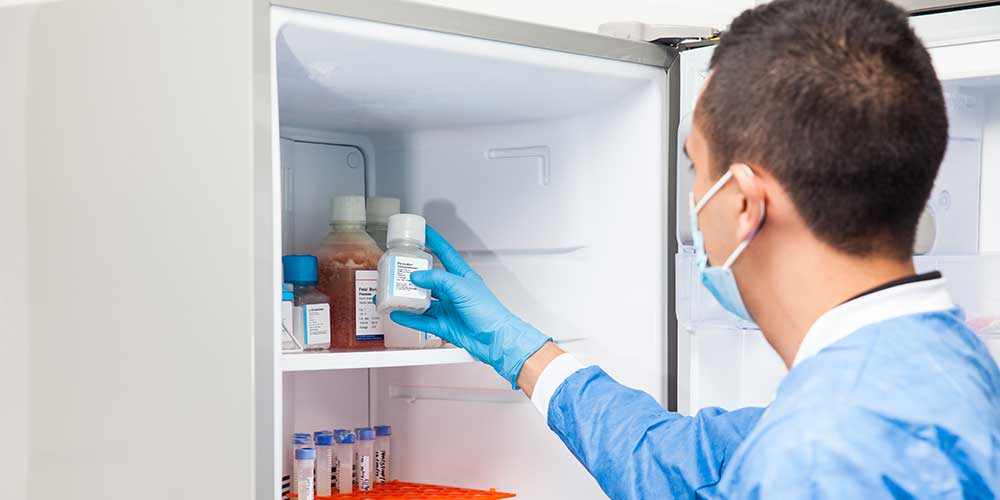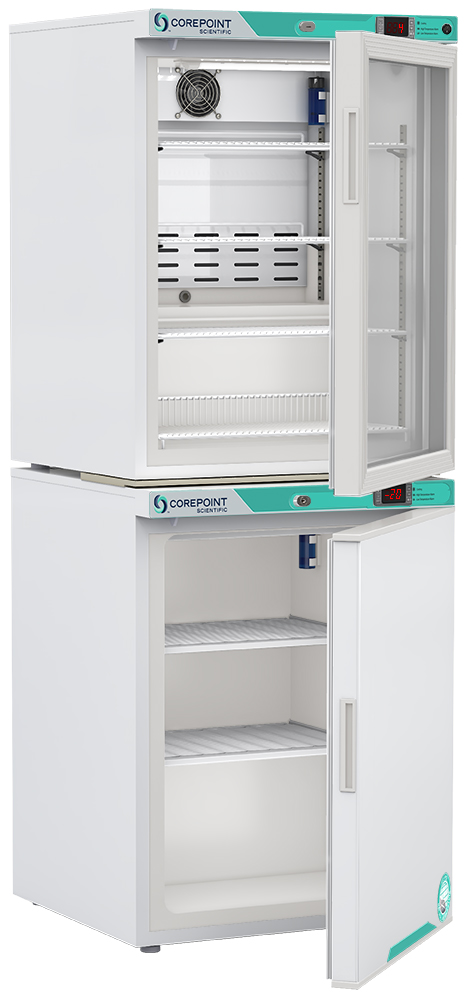
How To Maximize Lab Storage Using A Dual-Compressor Refrigerator-Freezer
Laboratories, healthcare facilities, and research institutions often face the challenge of storing a variety of temperature-sensitive materials, including reagents, samples, vaccines, and pharmaceuticals. Dual-compressor lab refrigerator-freezers offer a versatile and efficient solution to address these diverse storage needs. These units provide distinct refrigerator and freezer compartments, each with independent temperature control, ensuring optimal storage conditions for a wide range of materials.
Why Choose a Dual-Compressor Lab Refrigerator-Freezer?
Dual-compressor refrigerator-freezers offer several advantages over single-compressor units:
- Independent Temperature Control: Separate compressors for the refrigerator and freezer compartments allow for precise and independent temperature control. This ensures that each compartment maintains the optimal temperature range for its contents, preventing freeze damage to refrigerated items and ensuring the integrity of frozen materials.
- Enhanced Temperature Stability: Dual compressors minimize temperature fluctuations within each compartment, providing a more stable environment for sensitive materials. This is crucial for preserving the integrity and viability of samples, reagents, and pharmaceuticals.
- Reduced Risk of Contamination: Separate compartments minimize the risk of cross-contamination between refrigerated and frozen items. This is particularly important in laboratories and healthcare facilities where sterility and sample integrity are paramount.
- Energy Efficiency: Dual compressors can operate independently, allowing for greater energy efficiency. The freezer compressor can work less frequently if the freezer is consistently at the desired temperature, while the refrigerator compartment maintains its own separate temperature.
- Increased Storage Capacity: Dual-compressor units often offer greater storage capacity compared to single-compressor models, making them ideal for laboratories and facilities with high storage demands.
Key Considerations for Selecting a Dual-Compressor Unit
Choosing the right dual-compressor lab refrigerator-freezer requires careful consideration of several factors:
Temperature Control and Range
What specific temperature ranges do you need for your refrigerated and frozen materials?
Look for units with digital temperature displays, adjustable thermostats, and alarms for high and low-temperature deviations to ensure precise control.
Capacity and Configuration
How much storage space do you require?
Consider the internal layout:
Does the unit offer the right combination of shelves, drawers, and compartments to accommodate the types of materials you will be storing?
Are the shelves adjustable to accommodate items of varying sizes?
Do you need specialized storage solutions, such as door-mounted storage for frequently accessed items or crisper drawers for humidity control?
Defrost System
Refrigerator compartments typically have automatic defrost cycles, while freezer compartments may have manual or automatic defrost.
How often do you need to access the freezer compartment? Frequent door openings can lead to frost buildup in manual defrost freezers.
Consider the sensitivity of your stored materials. Some materials may be sensitive to temperature fluctuations during automatic defrost cycles.
Construction and Durability
Look for units constructed from high-quality materials that are durable and easy to clean.
Stainless steel interiors and exteriors are often preferred for their resistance to corrosion and ease of cleaning.
Consider features like heavy-duty hinges and robust door seals to ensure long-term performance and reliability.
Security Features
Do you need to restrict access to the stored materials?
If security is a concern, choose a unit with lockable doors.
Energy Efficiency
Consider the energy consumption of the unit, especially if it will be running continuously.
Look for units with energy-saving features, such as efficient compressors, advanced insulation, and energy-saving modes.
Making an Informed Decision About a Dual-Compressor Lab Refrigerator-Freezer
By carefully considering these factors and consulting with laboratory equipment specialists, you can choose a dual-compressor lab refrigerator-freezer that meets your specific storage requirements, ensures the integrity of your valuable materials, and provides long-term reliability and performance. Investing in a high-quality unit is an investment in the success of your research, healthcare services, or laboratory operations.

